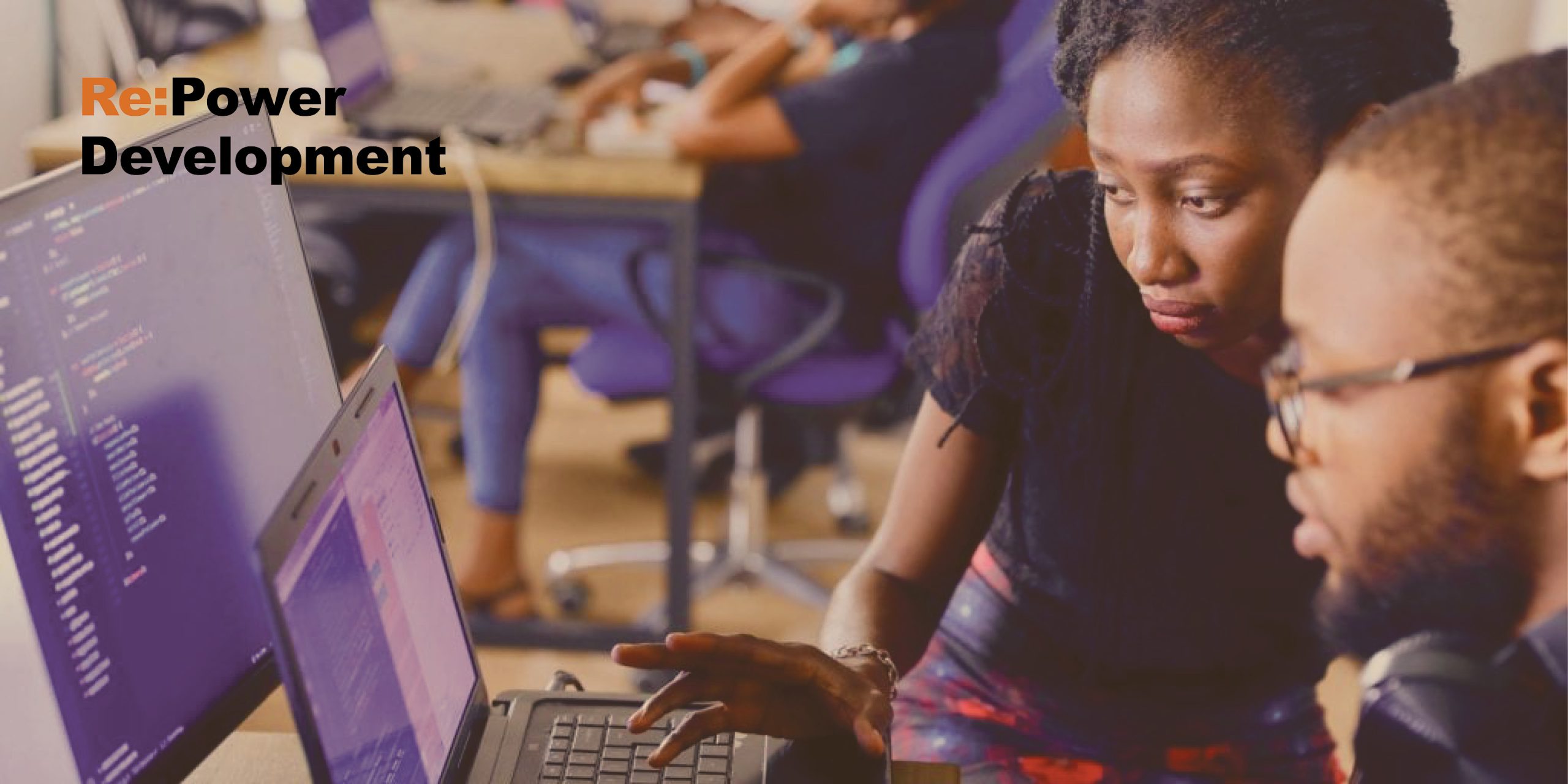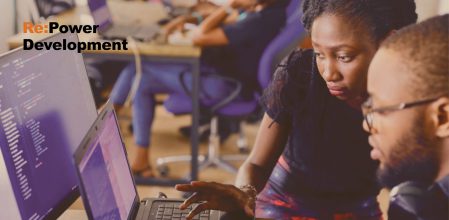
Hello everyone!
I have the difficult role of launching the conversation and extending a warm welcome to you in this space, which I hope can serve as a platform to connect, where you feel comfortable and therefore free to engage and become a part of the discussions on this blog.
Who am I?
I’m Clelia! Since you can find out everything about me right here …let’s get to the gist.
What do I envision for this blog?
I picture it as a small, vibrant living room where we gather after work. All of us quite tired but also eager to learn what others think about this odd world of cooperation and development that, for some reason, intrigues and unites us. In other words, a comfortable gettogether to clarify concepts and attempt to untangle the knots surrounding topics that are dear to my heart. What are you saying? Do you join?
Naturally, Sylvia, Eman, Zahra, and Nina will also be there, so I won’t be alone. When they reveal their plans for the coming weeks, you will get to know all of them
But what will I talk about?
I would like to reflect with you on two topics— E-learning in East Africa and phone applications in development contexts—by offering facts, readings, and most importantly, a ton of questions.
But let’s not rush. Instead, let’s concentrate on the first topic right now: E-learning in Uganda, Kenya and Rwanda among others.
Where does my interest in this come from?
I was driving my car with my colleague sitting beside me, when he said: “We could invest more in technology, save on fuel and trip time, and reach many more people”. He had flown specifically from the European head office to Entebbe to interact with program participants. I’m still unsure if he was referring to his visit or the three hours it took us to get to the teachers working in refugee camps, who underwent training to improve the quality of instruction in the camps’ schools.
My reaction was mostly one of astonishment. Let me ask you the questions I wanted to ask my colleague and I’ll try to address them in my next post.
Here, some of the questions:
- If we invest more in technology, is it possible to reach many more people interested in pursuing an education, given the current network coverage in rural areas of Uganda?
- Is a lack of educational opportunities the main obstacle, or is there still another factor preventing children of any gender from enrolling in courses?
- Can education survive without direct contact with others? Do platforms for online instruction have a cost? Who would advocate/pay for it?
- Even though I go to an online institution, why do I think that in Uganda it would be a totally unrealistic option?
- What lessons have organisations shared from their experience with implementing more distance learning programs during the most intensive phase of the covid-19 pandemic?
- Does the lack of physical presence in vulnerable situations enhance those vulnerabilities?
- What new relationships does online education establish? Who benefits from that?
- Can switching physical courses to technology based distance learning programs be an opportunity to re-think the curriculum and free it from colonial influences?
These are some of the questions I would like to try, albeit partially, to answer – Do you already have any answers? Any helpful sources that could aid our investigation?
Please feel free to comment below. I hope to see you with some solutions in our virtual living room in a few weeks. Talk soon!

